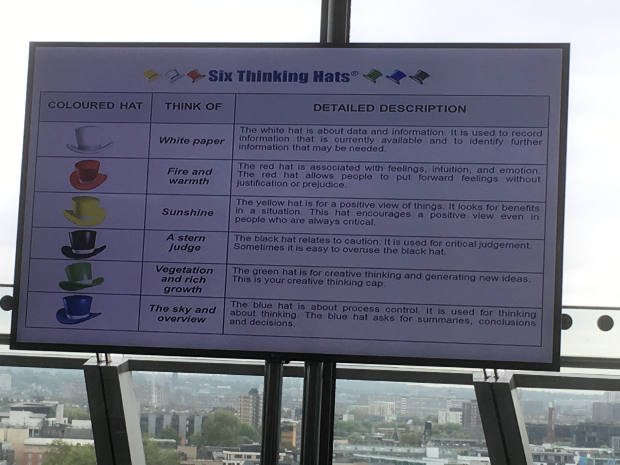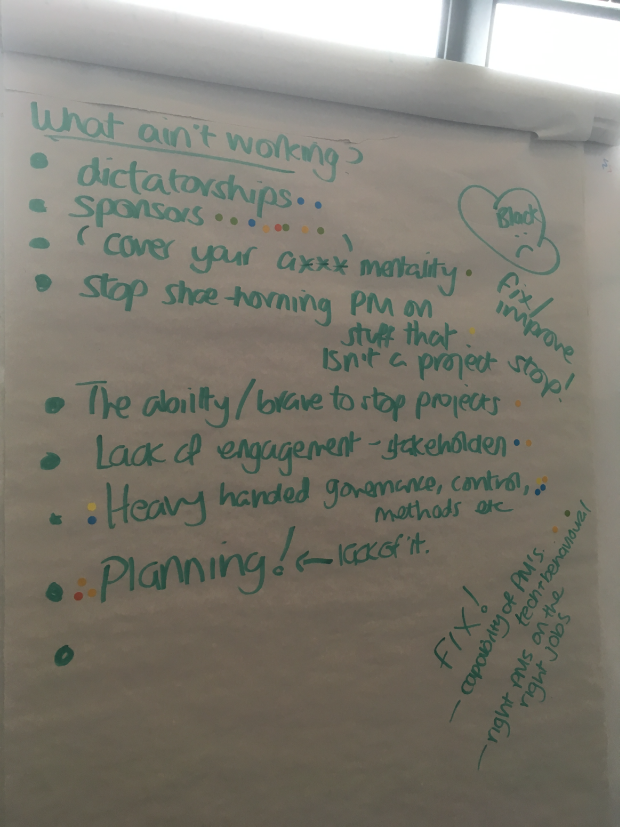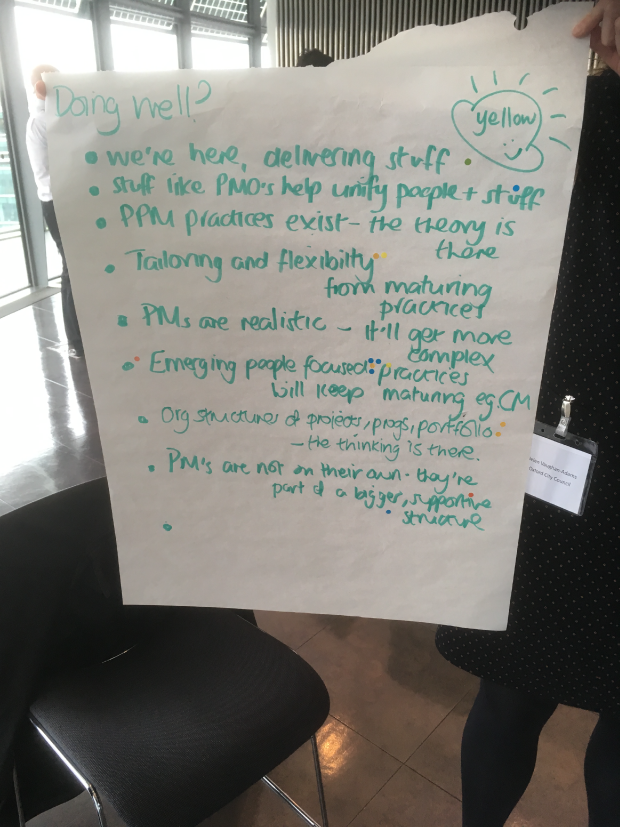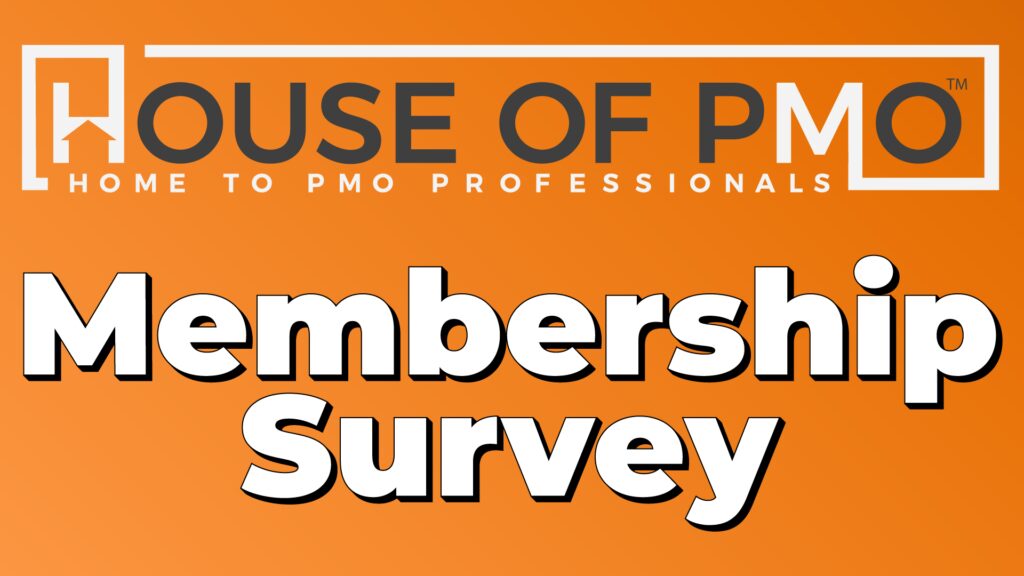You can find all our articles and past events
Free Articles | Inside PMO | PMO Conference | PMO Book Shelf
PMO Thinking Stuff
A few months back I attended the PPM Forum – it’s a public sector forum for PPM practitioners, which surprisingly was FULL of PMO people. So far so good.

The session was held at City Hall (rubbish view!) and hosted by London Fire Brigade. It was like a bigger version of a PMO Flashmob event – lasted all day, presentation sessions from other local authorities and government organisations. Plus some interactive bits (BTW, PPM Forum want to do a joint event with PMO Flashmob – I think it would be a great idea!)
The Interactive Bit
Ever done De Bono’s Six Thinking Hats? It’s a great way to get people thinking and collaborating:
“Six Thinking Hats is a system designed by Edward de Bono which describes a tool for group discussion and individual thinking involving six colored hats. “Six Thinking Hats” and the associated idea parallel thinking provide a means for groups to plan thinking processes in a detailed and cohesive way, and in doing so to think together more effectively.” from good old Wikipedia.
Most people remember Six Thinking Hats because of the colours. The idea is that for each question you’re looking for an answer to – or a particular challenge you’re looking for a solution for – you take it in turns to answer the question from a different viewpoint or angle. In this case you can physically or metaphorically wear a different hat to remind you to think in different ways. Six ways:
 At the event we had an introductory session carried out by Sue Vowler (the first P3O guidance author). The session was all about the current project management industry in the UK. So let’s look at the question:
At the event we had an introductory session carried out by Sue Vowler (the first P3O guidance author). The session was all about the current project management industry in the UK. So let’s look at the question:
What isn’t working in the PPM profession today in the UK?
We were split into groups around the room – and our team got the Black Thinking Hat – eeek! OK, it felt like a negative one, it’s suppose to be “critical judgement” and I guess we got into the swing of things: 
I’m sure there aren’t too many surprises there. The dots came later when we were asked to think about solutions – as a team we were asked which of these areas would be a good area to focus on to think about. More on that later with a red and green hat on.
Stuff
The article has stuff in the title because in the next question, looking back, there does seem to be a lot of stuff.
The question was:
What is the PPM Profession Doing Well in the UK?
We were wearing the yellow hat this time (don’t be a grumps, be positive). Here’s what we got:

The next question then:
What should the profession do? The organisation or you?
So we took the top two choices from each of our first two questions. With this one we donned a green hat for creativity and a red one for being all nice and cosy (feelings). So what could we do to change the problem of sponsors – and how could we extend or make even better the things we’re doing well: 
It’s quite an easy session to get started – but you do need to make sure everyone has an opportunity to speak and add their thoughts in (remember the red hat!). It’s probably better to do it on post-it notes first and then collate them together.
What is good about it is the practical ideas that can come out of it – there were about seven people in the team – that’s seven brains working for just 5 or 10 minutes to think about a specific challenge.
It’s also good fun trying to turn the conversation around – or steer it away from grumpiness when we’re suppose to be all yellow and shiny.
It’s certainly a good tool to use both within the PMO – we should be having sessions that look at the positive outcomes of the work of the PMO as well as the areas for improvement or new services for example. It could also be a tool which could be used in the ‘lessons learnt’ – a time to think back but also a time to think about real practical outcomes or changes that need to happen as a result of the lessons learnt. It could even be used at a more granular level. For example, a new service or process improvement exercise could benefit from the different angles of thinking.
Do you use any ‘thinking’ tools or approaches with your PMO colleagues? Leave a comment and spread the learning 🙂

